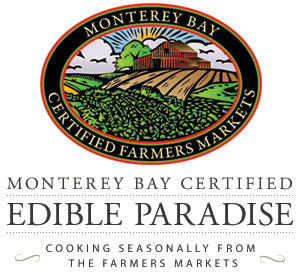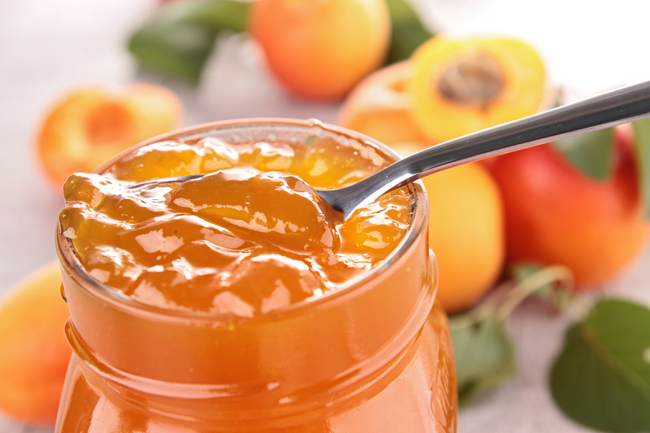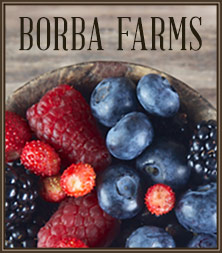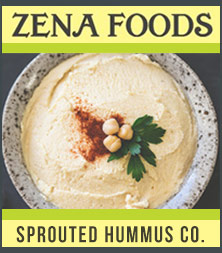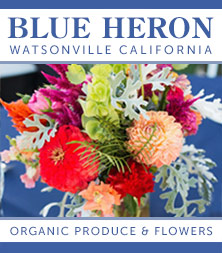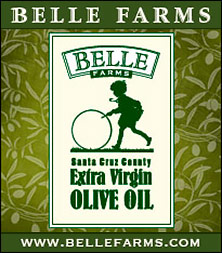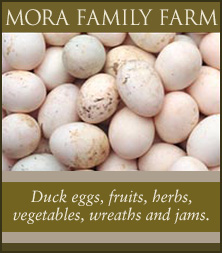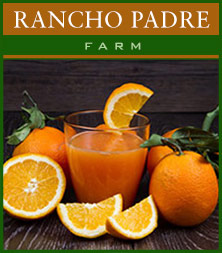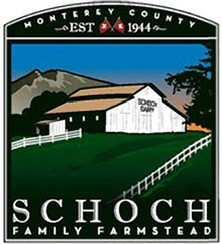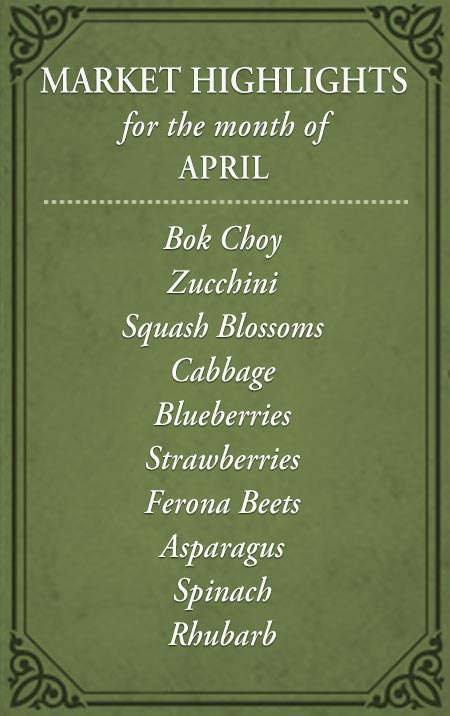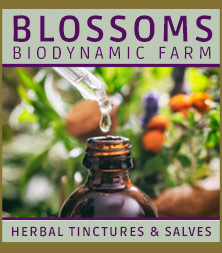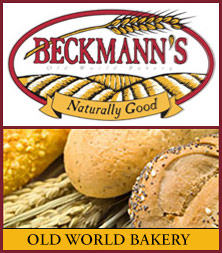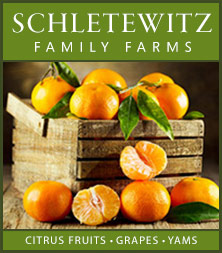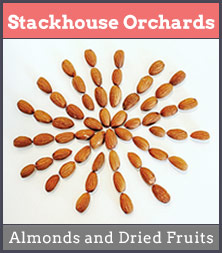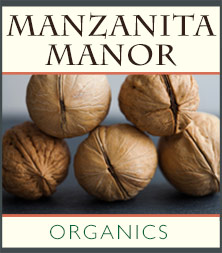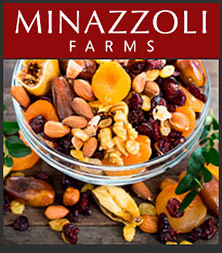It’s officially jam-making season, and the Monterey Bay Certified Farmers Markets are a haven for jam enthusiasts. In early June, a stunning array of berries, including strawberries, olallieberries, blackberries, blueberries, loganberries, raspberries, and gooseberries, are in season. Moreover, cherries and Blenheim apricots overlap for a short period, while early stone fruits such as plums, apriums, and pluots have already arrived. By the end of June, the stalls will be brimming with ripe peaches and nectarines. For those willing to do a bit of foraging, wild elderberries can also be found later in the season.
The Revival of Preserving
Preserving has experienced a resurgence of interest among a new generation of cooks. Once considered a summer chore by our mothers and grandmothers, the art of preserving now captivates curious foodies and home cooks. Fortunately, there are numerous preserving formulations and guidelines available today, including options for low-sugar, no-sugar, no-pectin, and conventional jams. It’s essential to rely on reliable and trusted resources for preserving information, such as agricultural extensions or the recommended sources listed at the bottom of this article. Novices can find tried-and-true recipes for their favorite preserves by searching under ‘recipes’ (canning and preserving) on this site.
Understanding Pectin — It’s Natural!
Pectin, whether derived from apple scraps and seeds or obtained from a powdered box, is a natural substance. This magical ingredient transforms fruit and sugar into a gelled spread that maintains its shape. While some fruits naturally contain pectin and can be used to make jams and marmalades without additional pectin, others require the addition of pectin or extended cooking times to achieve proper thickening. However, the downside of lengthy cooking is that it often results in a disappointing texture, with overcooked and mushy fruit and a hint of scorched flavor. Novices are generally advised against relying on this method for thickening preserves. Commercial producers and artisanal producers often utilize specialized equipment, such as steam jacket kettles and wide-but-shallow copper confiture pans, for efficient and uniform heat distribution during evaporation and thickening processes.
Unveiling the History of Pectin
Pectin’s history dates back to 1825 when French chemist and pharmacist Henri Braconnot first isolated and described it. Housewives had been using pectin-rich fruits to thicken jams and marmalade long before its scientific documentation. As commercial production of preserves began, manufacturers turned to apple juice producers for apple pomace, which was then cooked to extract pectin. In the 1920s and 1930s, commercial pectin was introduced to home cooks and initially sold in liquid form. Today, pectin is available in both liquid and dry powder forms, with the latter being more convenient for storage and offering increased shelf stability.
Tips for Perfect Jam Every Time
Pectin plays a vital role in creating the jelly-like structure of jams and jellies. It reduces syneresis (liquid separation) and enhances the gel strength of low-sugar jams, all while preserving the fresh fruit flavor. Powdered pectin formulated for home use simplifies the process by providing detailed instructions and formulations for specific jellies or jams. There’s no need to worry about additional additives or complicated measurements since all the necessary food chemistry has been meticulously addressed. However, it’s crucial to follow the instructions precisely, without modifying the sugar or fruit amounts or substituting sugar with other ingredients. For those interested in making jams with honey, lower sugar, or no sugar, it’s essential to purchase the appropriate low-ester pectin specifically designed for those spreads.
Troubleshooting and Resources
If you encounter issues with the set of your jam, such as it being too runny or too firm, take the time to troubleshoot the problem and maintain detailed notes from season to season in a preserving diary. Factors like fruit ripeness, acid additions, and precise ingredient measurements can significantly impact the outcome. Always refer to the preparation instructions and ingredient specifications provided by the specific pectin brand you are using, as formulations can vary among manufacturers. To explore new preserving recipes, reliable information can be found on pectin manufacturer websites (MCP, Sure-Jell, Ball, Pomona) or canning jar suppliers’ websites (Mason, Ball, Kerr). Additionally, most states have university-related cooperative extensions that provide trustworthy information for home canners on their respective websites.
Make Your Own Pectin
For the adventurous few willing to take on the challenge, making homemade pectin is an option. However, it should be noted that using homemade pectin involves a more intuitive approach. Despite the uncertainty of achieving a proper set, the resulting product, even if it doesn’t fully gel, can still serve as a delicious syrup or topping for pancakes, waffles, or ice cream. Here’s a link to making your own pectin.
RESOURCES:
For the beginning food preserver:
www.uga.edu/nchfp/
www.freshpreserving.com/canning-101.html
For making jams without sugar, see:
www.uga.edu/nchfp/how/can7_jam_jelly.html
www.splenda.com or call 1-800-7-SPLENDA
www.equal.com or call 1-800-323-5316
www.sweetnlow.com
For information on pectin for making sugar-free or low-sugar jellied products:
www.homecanning.com
www.kraftfoods.com/surejell/
www.mrswages.com
www.pomonapectin.com
